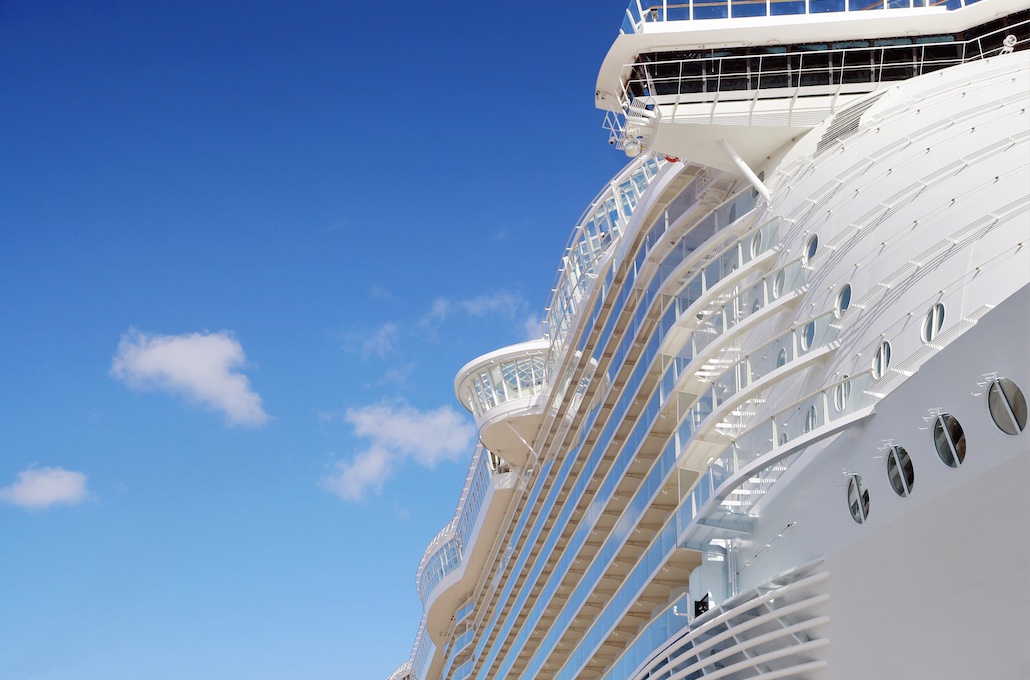|
Cruise line stocks have been hammered in recent months, underperforming other portions of the travel and leisure sector. As MRP noted back in April, some cruise lines had begun to push back their forecasts for a return to profitability following a rise in energy costs. According to Reuters, fuel costs are estimated to have jumped 8-10% higher than previously anticipated in the first half of 2022, and will potentially move 10-11% higher in the second half.
UBS analyst Robin Farley, cited by the Wall Street Journal, estimates fuel use by cruise line Carnival Corp. accounts for around 20% of ship operating costs, excluding sales and general and administrative expenses. This should continue to weigh on profitability. However, Carnival had said it still expects to post a positive monthly EBITDA figure in the summer. The company noted that rising fuel costs were having a “material impact” on its business but nonetheless predicted a return to net profit in Q3.
That goal will be hard to achieve as Carnival just reported a loss of -$1.83 billion for the company’s fiscal second quarter alongside EBITDA of -$900 million. While overall revenue was up 50% QoQ, revenue per cruise day (PCD) for the quarter decreased. Occupancy was 69%, an increase from 54% in the prior quarter, but fell short of analyst estimates.
Some silver linings did emerge, however, as customer deposits increased to $5.1 billion from $3.7 billion and cash flow from operations turned positive. 90% of Carnival’s fleet is now operational and the company expects occupancy to approach 110% during the its third quarter. Per CruiseHive, occupancy exceeding 100% indicates the ship is carrying more than two people per cabin. Those developments pushed the stock toward a short-lived rally.
However, following the earnings report, Morgan Stanley threw cold water on cruise stocks. The investment bank slashed their full-year EBITDA estimates for Carnival from nearly a $1 billion profit to a $900 million loss, “due to weaker than expected occupancies, weakening pricing, elevated unit costs and higher fuel costs.” Additionally, high debt levels threaten to degrade the company’s cash pile if the economy falls into recession. That raises the possibility of cancellations and slower bookings. Forbes notes that Carnival currently carries $35 billion worth of debt versus a cash balance of $7.5 billion.
Debt appears to be one of the most consistent concerns for cruise lines, having accrued so much to stay afloat during the worst of the COVID crisis. As of the end of March, Royal Caribbean had roughly $8 billion in scheduled principal repayments through the end of next year, according to Truist data — some 77% more than Carnival had at the time – and only $3.8 billion in liquid cash. Per WSJ, all major cruise lines’ debt-to-income ratios will continue to soar in 2022 and could remain well above pre-pandemic levels into next year.
Consumer sentiment toward cruising has remained broadly positive, recovering well from the worst of the COVID pandemic. A March AAA survey of over 1,100 US adults found that 41% of respondents said they are just as likely to go on a cruise as they were before the pandemic began. 52% of millennials were ready to return to the seas in the near term, highlighting the fact travelers are eager to cruise again. AAA data also found that 58.3 million Americans (or 23%) are considering a cruise within the next two years. However, Royal Caribbean, Norwegian Cruise Line, and Carnival all saw capacity-weighted sequential ticket pricing declines from May to June, according to new data from Bank of America Global Research, cited by Yahoo Finance. Price declines ranged from 1% to 3% compared to May |






Leave a Reply